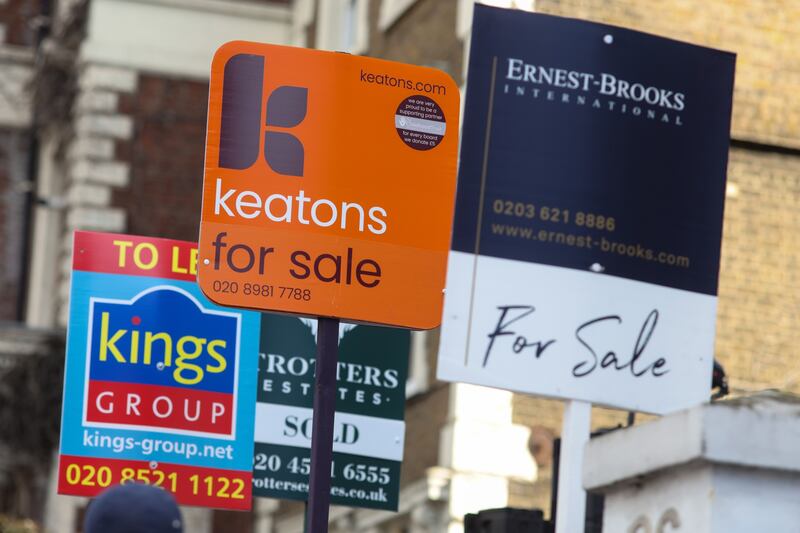Workers returning to the office have fuelled the growth of house prices in British cities but left rural areas trailing behind, research from UK bank Halifax published on Monday suggests.
Since the start of the year, city property prices have typically grown by 9.2 per cent, compared with 7.9 per cent growth on average in surrounding areas, Halifax said.
Andrew Asaam, mortgages director at Halifax, said the trend of people looking for greener spaces to move to, which developed early in the coronavirus pandemic, had remained.
"That trend didn't disappear completely this year, as house price growth in these areas remained strong," he said.
"But as daily life started to get back to normal for many, the opportunity to live in cities became more attractive again, driving up demand.
"There's evidence of this in locations across the country, with property price inflation in the majority of cities outstripping increases in their surrounding areas.
"Clearly the economic environment has changed considerably in the last few months, with the likelihood of more significant downward pressure on house prices, as the cost-of-living squeeze and higher borrowing costs limit demand.
"The extent to which such trends will continue to shape the housing market is therefore uncertain."
But some places have bucked the trend. In areas surrounding Birmingham, house prices have risen faster in percentage terms than in the city itself. This is reflected in places such as Walsall, where property price inflation has risen 16.4 per cent so far this year, Halifax said.
And in the North-east of England, Newcastle, Sunderland and Middlesbrough have recorded weaker house price growth this year so far than their surrounding areas.
UK average house price growth
Here are average house prices in January 2022, followed by September 2022, the percentage increase and average growth in surrounding areas (local authority areas that directly surround the cities), according to Halifax:
- Birmingham, £205,712, £223,362, 8.6%, 9.4%
- Bristol, £293,330, £320,067, 9.1%, 9.0%
- Cardiff, £235,084, £250,566, 6.6%, 7.0%
- Derby, £180,265, £202,994, 12.6%, 10.7%
- Edinburgh, £245,107, £276,831, 12.9%, 6.1%
- Exeter, £263,827, £294,183, 11.5%, 7.6%
- Glasgow, £159,770, £173,331, 8.5%, 4.6%
- Leeds, £199,728, £226,923, 13.6%, 9.8%
- Leicester, £206,170, £227,251, 10.2%, 9.1%
- Liverpool, £158,599, £172,636, 8.9%, 7.2%
- Manchester, £205,254, £228,806, 11.5%, 6.6%
- Middlesbrough, £146,612, £143,369, minus 2.2%, 7.8%
- Newcastle, £171,151, £182,163, 6.4%, 9.3%
- Norwich, £209,662, £224,025, 6.9%, 2.5%
- Nottingham, £183,866, £199,467, 8.5%, 9.1%
- Portsmouth, £225,696, £242,945, 7.6%, 10.4%
- Plymouth, £187,200, £192,623, 2.9%, 7.0%
- Sheffield, £192,090, £228,353, 18.9%, 9.7%
- Southampton, £207,000, £240,459, 16.2%, 7.0%
- Sunderland, £131,158, £138,088, 5.3%, 10.9%
- London (inner London boroughs versus outer London boroughs were used for comparison) £573,559, £612,582, 6.8%, 4.6%.






